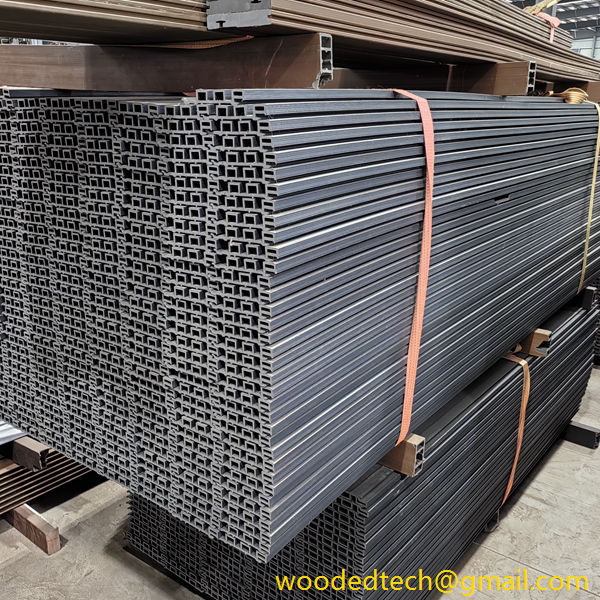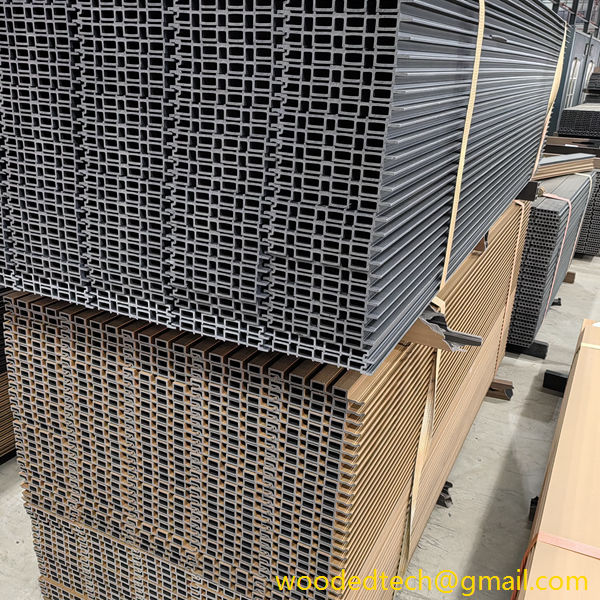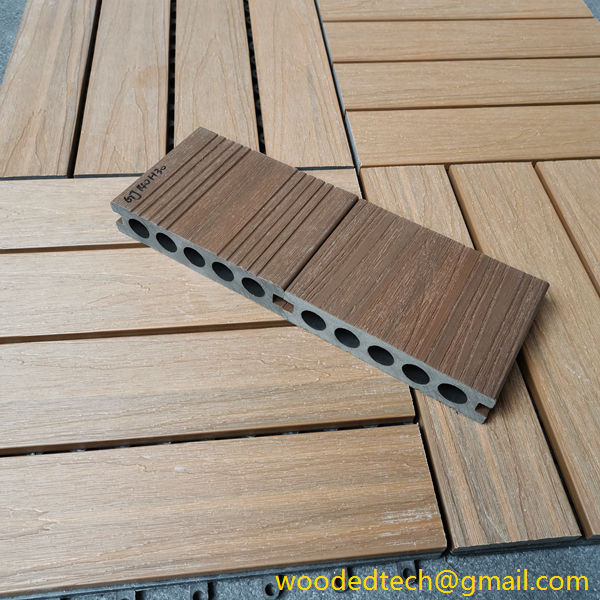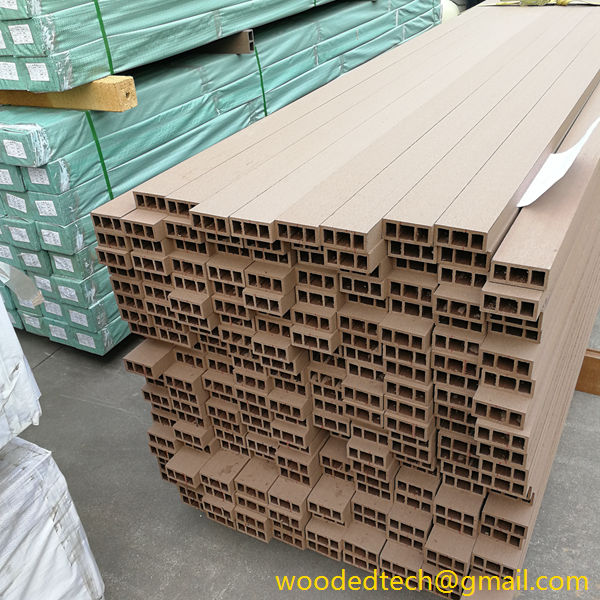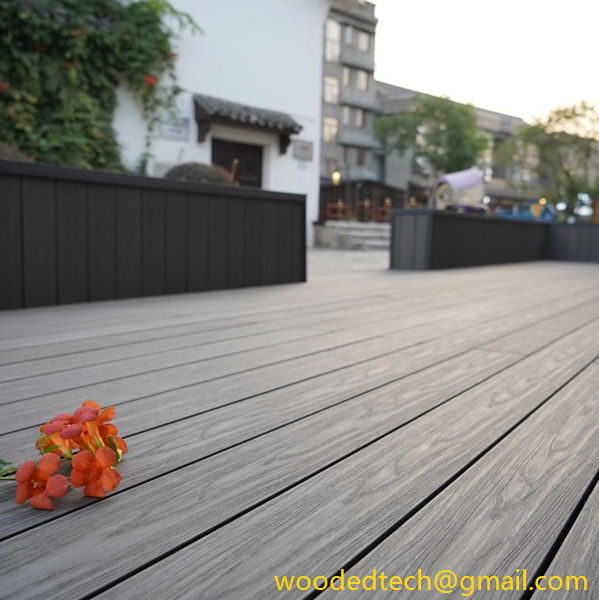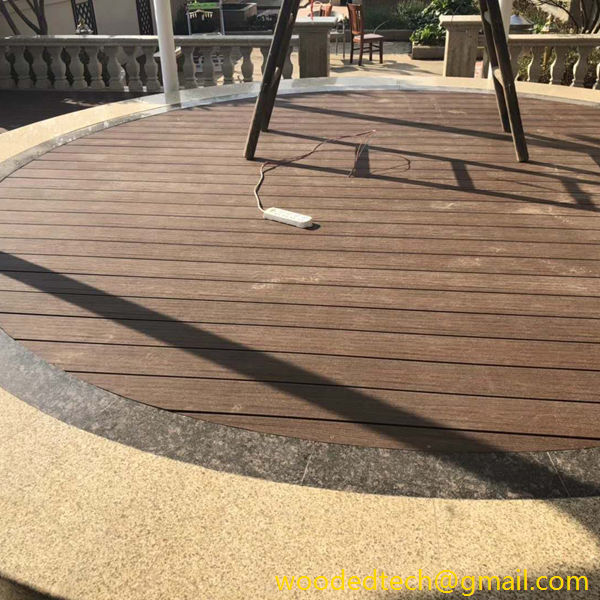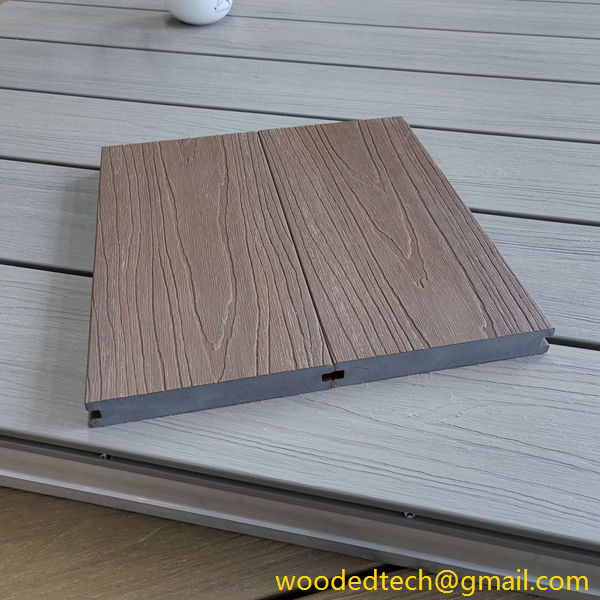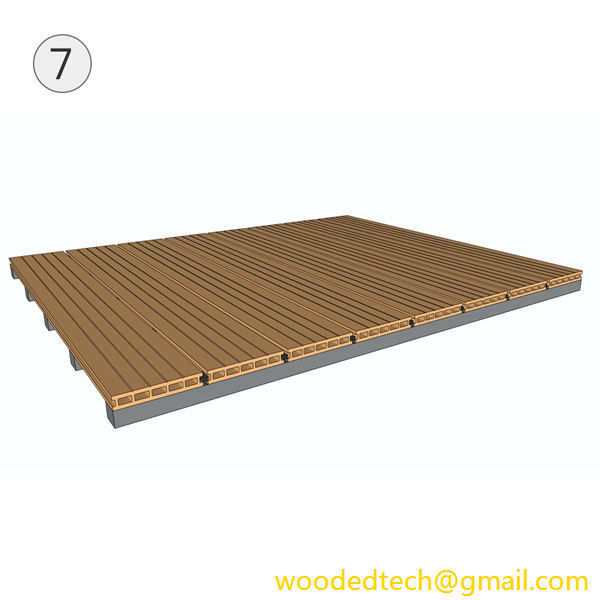Exploring WPC Cladding Planks for Versatile Applications
Exploring WPC Cladding Planks for Versatile Applications In the world of construction and design, the choice of materials plays a pivotal role in determining the overall aesthetics and functionality of a structure. One material that has gained significant traction in recent years is Wood Plastic Composite (WPC) cladding planks. These innovative planks offer a blend…
Exploring WPC Cladding Planks for Versatile Applications
In the world of construction and design, the choice of materials plays a pivotal role in determining the overall aesthetics and functionality of a structure. One material that has gained significant traction in recent years is Wood Plastic Composite (WPC) cladding planks. These innovative planks offer a blend of wood and plastic, making them an attractive option for various applications, from residential buildings to commercial spaces. As we delve into the characteristics and advantages of WPC cladding, we will also explore its versatility and the maintenance-free benefits it offers in the later stages of its life cycle.
WPC cladding is manufactured by combining wood fibers with thermoplastic materials, resulting in a product that retains the appeal of natural wood while harnessing the durability and low maintenance properties of synthetic materials. This unique combination gives WPC cladding a distinct edge over traditional wooden cladding, which is often susceptible to rot, insect infestations, and warping. The result is a material that not only enhances the aesthetic appeal of structures but also promises longevity and resilience.
One of the primary advantages of WPC cladding is its versatility in design. Available in a wide array of colors, textures, and finishes, WPC cladding can cater to diverse architectural styles, from modern and minimalist to rustic and traditional. The ability to customize these planks means that designers and architects can unleash their creativity without being constrained by the limitations often associated with natural wood. This flexibility allows WPC cladding to be used in various applications, including exterior walls, facades, decking, and even interior spaces.
WPC cladding’s suitability for different environments further enhances its appeal. Whether it’s a coastal area exposed to saltwater, a humid climate, or a dry desert environment, WPC cladding can withstand the elements without compromising its integrity. Unlike traditional wood, which can swell, crack, or fade under extreme weather conditions, WPC maintains its appearance and performance over time. This makes it an ideal choice for building facades, which are often the first line of defense against environmental stressors.
When it comes to installation, WPC cladding offers significant advantages over traditional materials. The lightweight nature of WPC means that it is easier to handle and install, reducing labor costs and installation time. Additionally, many WPC cladding systems are designed with interlocking mechanisms, allowing for a straightforward installation process that minimizes the need for specialized tools or skills. This ease of use is particularly beneficial for DIY enthusiasts and contractors looking to streamline their projects.
One of the standout features of WPC cladding is its commitment to sustainability. As a composite material, WPC is often made from recycled wood and plastic, contributing to waste reduction and promoting a circular economy. This eco-friendly aspect appeals to environmentally conscious consumers and builders who seek to minimize their carbon footprint. Furthermore, the longevity of WPC cladding means that structures built with this material can have a reduced environmental impact over time, as they require less frequent replacement compared to traditional cladding options.
Another significant benefit of WPC cladding is its maintenance-free nature in the later stages of its life cycle. Unlike wooden cladding that often requires regular staining, painting, or sealing to protect against the elements, WPC cladding is designed to be low maintenance. A simple wash with soap and water is typically sufficient to keep it looking fresh and vibrant. This not only saves property owners time and money but also adds to the overall value of the investment. The durability of WPC means that it can resist fading, scratching, and staining, ensuring that it remains visually appealing for many years without the need for extensive upkeep.
In commercial applications, WPC cladding is becoming increasingly popular for its ability to create striking facades that attract attention while remaining functional. Retail spaces, offices, and hospitality venues are utilizing WPC cladding to create environments that are both inviting and durable. The low maintenance aspect is particularly appealing for business owners who want to focus on their operations rather than worry about the upkeep of their properties.
In conclusion, WPC cladding planks represent a modern solution for various construction and design needs. Their versatility, aesthetic appeal, durability, and low maintenance requirements make them an excellent choice for countless applications. As sustainability continues to be a significant consideration in the building industry, WPC cladding stands out as an eco-friendly alternative that meets the demands of contemporary architecture. Whether for residential or commercial use, WPC cladding offers a dynamic option that combines style with practicality, ensuring that structures not only look good but also stand the test of time. With its myriad advantages, it is clear that WPC cladding is more than just a trend; it is a smart, sustainable choice for the future of construction.

